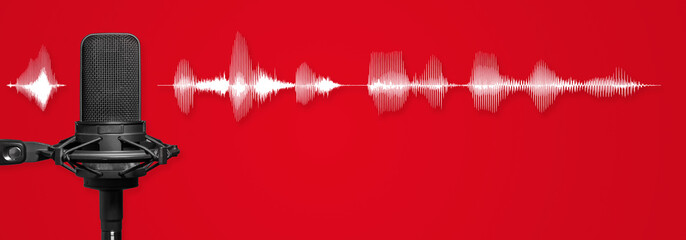Signal Flow Review
Introduction
In any situation, there is going to be a series of connections between the sources, where sound is generated, captured and processed. The order of how sound travels through these destinations is referred to as “Signal Flow”.

What is Signal Flow?
Signal Flow is the path which audio can take between its source and its destination. It follows the order of the connections made in an environment. Signal Flow is not necessarily “fixed” and can be changed using various functions on the mixer or with external signal routing (using a patchbay or digital router).

Think of dominoes as they fall. They could be made to split but, can ultimately re-join again later on. The more signals and routing that occur, the more complex the signal flow. That might seem intimidating at first. However, when properly understood that it’s provides the confidence to investigate and offers wider flexibility working with sound.
“Signal flow is the universal language behind the path of audio in any recording and production scenario. Understanding and applying signal flow is one of your best tools to increase productivity and avoid stumbling blocks. The more you know the more creative you can be.”
VideoMaker.com
Common Components of Signal Flow
Analog audio signal flow refers to the path that an audio signal takes from its source, through various processing devices, and finally to its destination. Here are the common points:
- Sources
The source is the origin of the audio signal, whether it’s a microphone, an instrument, or a recording device.
- Pre-Amplifiers
A device that takes a low-level audio signal and increases its amplitude, making it more suitable for further processing. The preamp’s job is to boost the level of the signal while minimizing noise and distortion.
- External Effects Devices
Processors can be various devices such as equalizers, compressors, and effects processors. Each device in the signal chain modifies the audio signal in a particular way. For example, an equalizer adjusts the levels of different frequencies in the audio signal.
- Mixer
A device that allows you to adjust the levels of each input signal and route them to different outputs. Mixing is a crucial part of audio production, as it allows you to balance the different elements of a recording and create a cohesive sound.
- Destination
The destination is the endpoint of the audio signal, whether it’s a speaker, a recording device, or a broadcast system. The audio signal is sent to the destination as an analog electrical signal. The level and quality of the signal depend on the destination device’s specifications and the quality of the connection between the device and the preceding amplifier.
What to Consider?
Connections
How are all of the devices wired together? What connection is an input or an output? When first building a setup, it’s important to identify which connectors are compatible. The various input and outputs connectors can differ device to device. Read the labels!

Gain Staging
Volume adjustments are a common process to raise or lower audio to a desired level. The various points of adjusting volume found throughout the signal flow chain are referred to as “gain stages”. Poor gain stage management could introduce unwanted artifacts such as clipping or noise.

If a healthy signal level (A) is reduced at any point whether it’s by fader or audio effect (B), if you try to boost that signal later down the signal chain (C) it could introduced noise. You would want to make adjustments to the process that is reducing the signal rather than try to fix it later in the signal path.
Quality – “Getting it Right” at the Source
In an analog system, the quality of the audio signal depends on the quality of the components and the connections between them. It’s essential to use high-quality cables, connectors, and devices to maintain the integrity of the signal. Poor quality components and connections can introduce noise, distortion, and other unwanted artifacts that can degrade the sound quality.
Of all the lessons you will learn, this will always be the most true; the need to capture sound correctly from the start with clear and healthy levels. This is essential when working with microphones. If mismanaged, it could lead to unwanted artifacts introduced to the signal, such as noise. Consequently, everything following down the signal path will also contain these poor characteristics.

Getting it right involves proper placement of microphones, minimizing unwanted acoustic reflections and retaining healthy signal levels at all points of the signal chain. Even the quality of cables and connections play a significant role in the outcome. If a cable is introducing noise to a signal, it will be also heard anywhere that signal goes.
Conclusion
In conclusion, understanding the basic principles of analog audio signal flow is essential for achieving high-quality sound. By following the signal path from the source to the destination, you can identify any issues in the system and optimize the signal for the best possible sound. Whether you’re working with live sound, recording, or post-production, having a solid understanding of analog audio signal flow will help you achieve professional results.